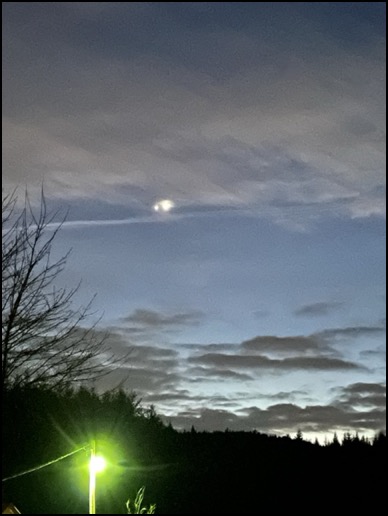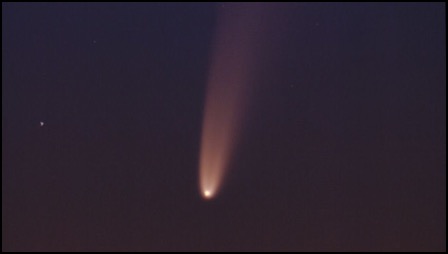Sky
Worm Moon
18/03/24 08:22 Filed in: Culture
Where did the name for the first full moon of spring come from?
Worm Moon - which is present on March 25, just before the big eclipse is present moving from the southwest across the Mid-West to the northeast.
What is a worm moon?
Earthworms might have been on the minds of the Colonial settlers or Native American tribesmen who bequeathed the entire calendar month (not just the full moon itself) this name. But another form of grub (not earthworms) may actually be the true originator of the moniker Full Worm Moon.
It was actually beetles, according to the Farmer’s Almanac. The story goes, in the 1760s, the Colonial explorer from Massachusetts Captain Jonathan Carver met with the Naudowessie (Dakota) and other Native American tribes. He wrote that the name “Worm Moon” originated from beetle larvae which begin to emerge from the bark of thawing trees and other winter hideouts this time of year.
Worm Moon - which is present on March 25, just before the big eclipse is present moving from the southwest across the Mid-West to the northeast.
What is a worm moon?
Earthworms might have been on the minds of the Colonial settlers or Native American tribesmen who bequeathed the entire calendar month (not just the full moon itself) this name. But another form of grub (not earthworms) may actually be the true originator of the moniker Full Worm Moon.
It was actually beetles, according to the Farmer’s Almanac. The story goes, in the 1760s, the Colonial explorer from Massachusetts Captain Jonathan Carver met with the Naudowessie (Dakota) and other Native American tribes. He wrote that the name “Worm Moon” originated from beetle larvae which begin to emerge from the bark of thawing trees and other winter hideouts this time of year.
Comments
Jupiter and Venus Conjunction
10/03/23 16:00 Filed in: Photography | Berlin Community
In the early evening just as the sky was darkening on March 3rd, Jupiter and Venus came together in conjunction over the west horizon. This was just for a short time and won't happen again for another 9 years. I was fortunate to sit out on our porch and view with strong binoculars. I also was able to capture a bright view of them together with my iPhone. Vada and Victoria joined me to get a view of the planets and then the bright moon more to the south.


Comet NEOWISE
19/07/20 06:56 Filed in: Current Affairs
It was a beautiful, clear evening to see the stars last night. They were outstanding. Currently, there is a comet visible about 60-80 minutes seen after sundown for this month into August. It is Comet NEOWISE and won't be seen again here for more than 6800 years in the future. One has to look in the Northwest sky below Ursa Major just above the horizon. We could view it with our binoculars. How cool is that. More detail on the comet here.
A picture from the article here:

A picture from the article here:


